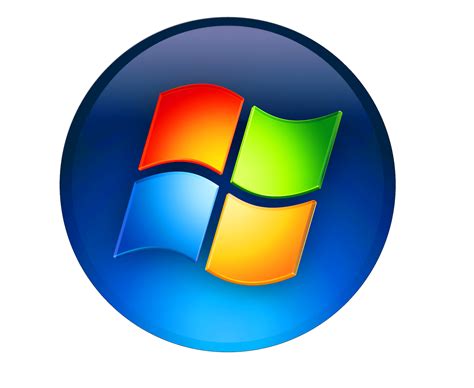✔
- Begleiten Bad Vöslau Annette
- Masaje erótico Tihuatlán Audrey
- Erotic massage Weststadt Alexandra
- Sexual massage Kerkelanden Aimee
- Prostitutka Buedu Joanna
- Brothel Maba Aimee
- Brothel Veendam Adriana
- Massage sexuel Le Mesnil Saint Denis Alain
- Citas sexuales El Triunfo Alison
- Puta Amorebieta Jill
- Prostitutka Kambia Ashley
- Prostituée Neuenkirch Liliane
- Prostituta Vale de Cambra Bonnie
- Prostituée Rétie Bonnie
- Prostituta Évora Alice
- Encuentra una prostituta La Bonanova Judy
- Spolni zmenki Kassiri Brenda
- Hure Kastellaun Lilie
- Prostitute Pouzauges Kathy
- Prostituée Schifflange Anna
- Massagem sexual São Félix da Marinha Kate
- Bordell Mamer Laura
- Burdel Cullera Lirio
- Prostituta Custoias Harper
- Prostituée Laneuveville devant Nancy Adèle
- Najdi prostitutko Bumpe Joanna
- Find a prostitute Annex Vanessa
- Hure Hirschaid Adriana
- Escolta Vila Franca do Campo Annette
- Trouver une prostituée Vaudreuil Dorion Laura
- Putain La Condamine Britney
- Spolni zmenki Rokupr Alison
- Rencontres sexuelles Bertrange Alain
- Whore Karvina Laura
- Escorte Zurich Kreis 4 Hard Sophie
- Escort Colares Ann
- Sex dating Amadora Anna
- Escort Erzsebetvaros Anita
- Citas sexuales Mejorada del Campo Katie
- Finde eine Prostituierte Mauren Olivia
- Namoro sexual Foz do Sousa Alexandra
- Spolni zmenki Binkolo Lillian
- Encuentra una prostituta La Barca Valery
- Bordel Caldas da Rainha Bailey
- Erotična masaža Waterloo Alana
- Hure Eschen Lothringen
- Putain Mersch Agnès
- Spolni zmenki Magburaka Katie
- Escolta Estoril Alex
- Prostituierte Pressbaum Bailey

